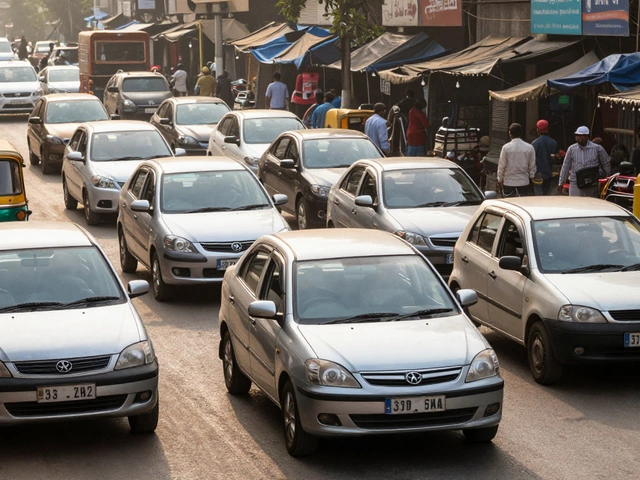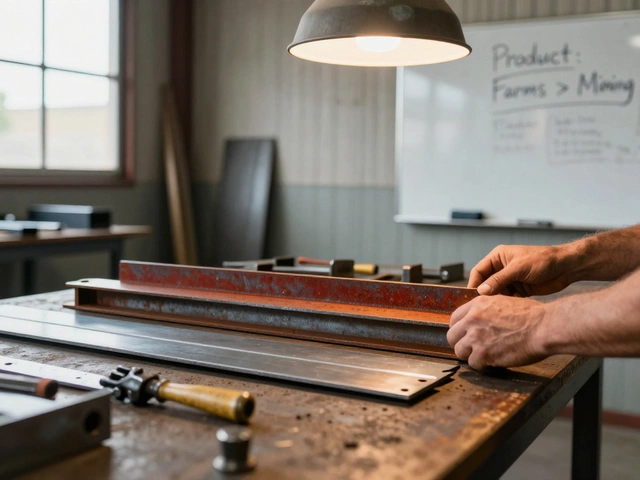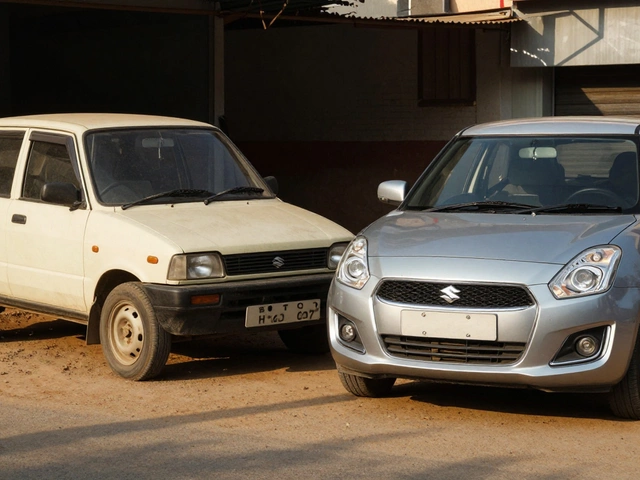Which Car Is Fully Made in India? A Straightforward Look at Homegrown Automobiles
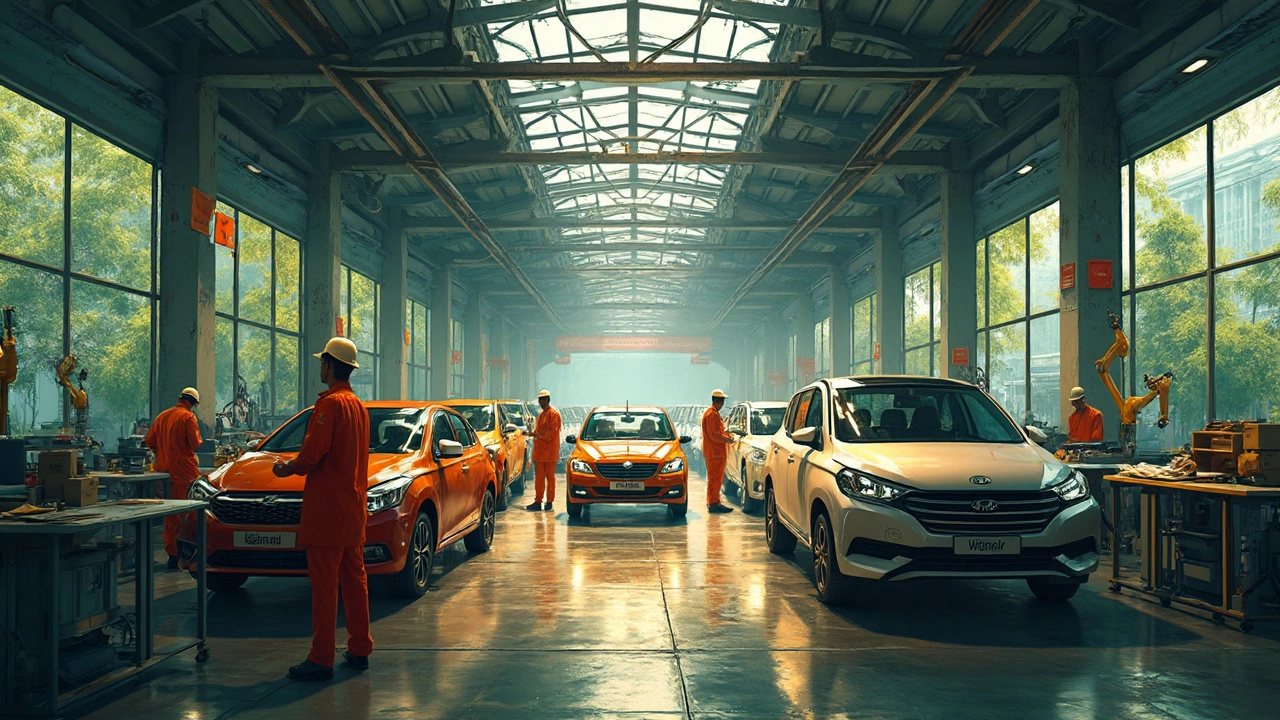
If you walk into a car showroom in India and ask, “Which of these is fully made here?”—don’t be surprised if the sales guy looks a bit stumped. It’s not because they don’t know their stuff, but because the answer isn’t as simple as picking a number off a chart.
See, ‘fully made in India’ isn’t just about slapping on a bumper and rolling a car onto a truck. It comes down to whether the engine, transmission, body, electronics, and every little part are designed, built, and assembled right here, from start to finish. And trust me, that’s pretty rare, even for brands that shout about their Indian roots.
If you’re looking for a straight answer—yes, there are a few cars that tick almost every box, but most “Made in India” models still rely on imported parts for those critical bits like engines or tech. It’s not always obvious. Some brands do a better job of keeping their supply chain local than others. If you want to be sure your ride is the real deal, you need to know where to look—and what to ask.
- Breaking Down 'Fully Made in India'
- Manufacturers and Models: Unpacking the Reality
- The Localization Game: How 'Indian' Is Your Car?
- What This Means for Buyers and the Indian Industry
Breaking Down 'Fully Made in India'
People often throw around the phrase fully made in India cars like it's obvious, but figuring out if a car is 100% Indian is tricky. The government pushes the Make in India initiative, and carmakers love talking about their 'localisation' rates, but what does that really mean for your drive?
To call a car truly fully made in India, these things should check out:
- Design, engineering, and research done here—think Tata’s engineering campus in Pune or Mahindra’s R&D in Chennai.
- Main raw materials like steel and plastics sourced from Indian suppliers.
- Key components (engine, gearbox, chassis, brakes, major electronics) manufactured and put together in Indian factories.
- Final assembly at an Indian plant, not just the easy stuff like fitting seats or painting the bonnet.
So how close are we? Local carmakers—Tata Motors and Mahindra—lead the way. Many of their popular cars, like the Tata Punch and Mahindra XUV700, have local content levels over 90%. That means nearly everything, except maybe a few sensors or chips, is sourced or built in India. Some stats from 2024 show Tata Motors averaged around 92% localisation for its passenger vehicles, which is pretty solid.
| Brand | Popular Model | Approximate Indian Content (%) |
|---|---|---|
| Tata Motors | Nexon, Punch | 90-92% |
| Mahindra | XUV700, Scorpio-N | 85-90% |
| Maruti Suzuki | Swift, Baleno | 80-90% |
But here’s the catch: most brands—especially those with global roots—still rely on importing some high-tech parts. ECUs (those small computers that run your car), airbag systems, and even some transmission bits often come from outside because making them in India is still getting up to speed.
Bottom line? If you want a make in India car with the highest local content, stick to Indian players like Tata or Mahindra. But remember, even they aren’t totally free from a bit of import here and there, thanks to complicated modern technology.
Manufacturers and Models: Unpacking the Reality
So, when you ask which cars are fully made in India, you probably expect homegrown brands like Tata and Mahindra to top the list. You’re not wrong—these two really lead the pack. But even then, the situation is a bit more mixed than you’d think.
Tata Motors likes to market its cars as pretty much all-Indian, and in reality, models like the Tiago, Punch, Altroz, Nexon, and Harrier have a very high local content—around 90% or more. The Nexon, for example, was even designed and engineered in Tata’s Mumbai and Pune centers. Even a lot of the steel, plastics, and electronics are made in Indian factories.
Mahindra & Mahindra is pretty much on the same track. The Thar, XUV700, Scorpio-N, and Bolero have their engines, chassis, and most key parts built here. The XUV700 boasts over 95% localization, including engine production in Maharashtra. If you want an auto that screams “Made here,” Mahindra’s SUVs are safe bets.
But what about global giants like Maruti Suzuki? They sell the most cars here, right? True, and cars like the Alto, WagonR, Swift, and Brezza are built in Haryana and Gujarat. But Maruti still depends a bit on Japan—mainly for engine tech and some electronics—so they’re more like “assembled in India with mostly Indian parts.”
And the rest? Hyundai, Honda, Kia, and Toyota all manufacture in India, but dig a little, and you’ll find engines, transmissions, and critical tech often come from Korea, Japan, or elsewhere. Their Indian car brands badge looks good on paper, but it’s not 100% homegrown. Even Morris Garages (MG) assembles in Gujarat but imports a lot from China.
Here’s a quick glance at the current “localization” levels for popular models:
| Brand & Model | Localization Percentage | Key Imported Parts |
|---|---|---|
| Tata Nexon | 90-95% | Some infotainment electronics |
| Mahindra XUV700 | 96% | Minor electricals |
| Maruti Swift | 85-90% | Engine components, sensors |
| Kia Seltos | 65-70% | Engines, transmissions |
| Hyundai Creta | 60-65% | Transmissions, some electronics |
If you’re looking for the most make in India cars, check out Tata and Mahindra models first. For others, expect a decent local touch, but rarely 100%. The “fully Indian” badge goes much deeper than just final assembly.
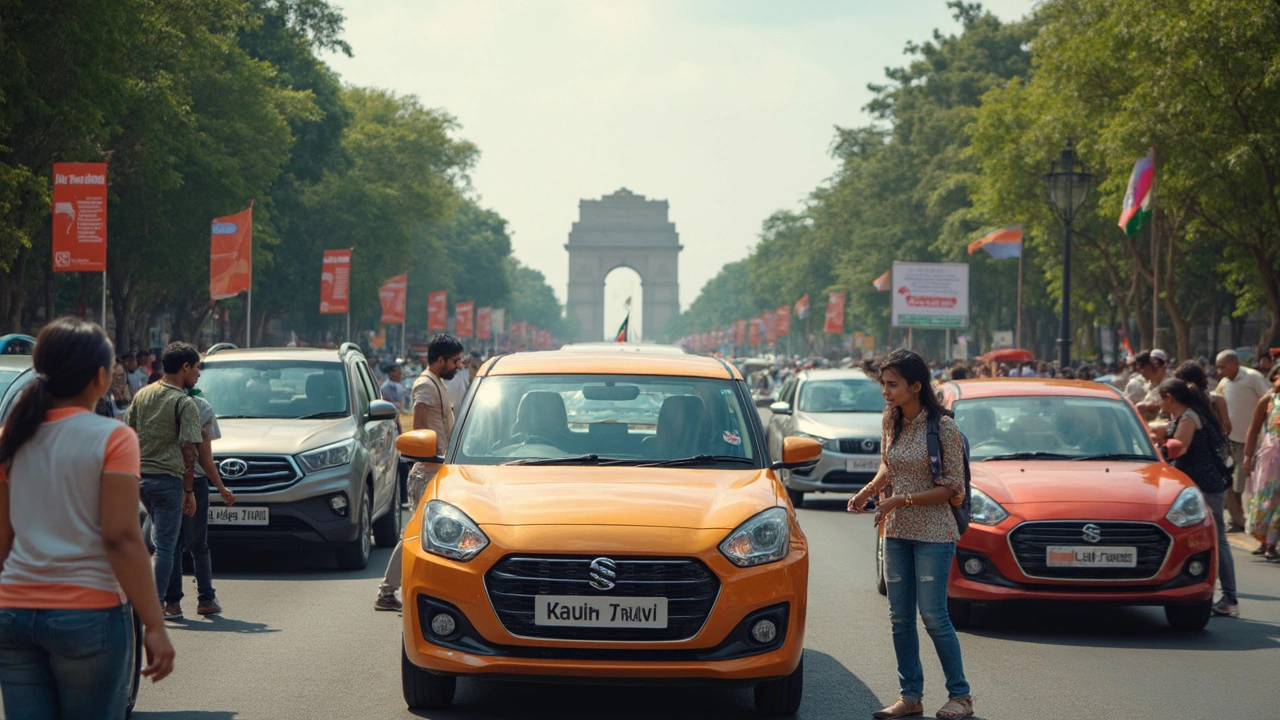
The Localization Game: How 'Indian' Is Your Car?
This whole idea of 'localization' pops up a lot when you talk about cars being fully made in India. Car makers love to brag about their localization levels, but what does that actually mean? In basic terms, localization is the percentage of a car’s parts that are made locally, within India, instead of being shipped in from abroad.
Here's the catch: A car can be assembled in India but still use a ton of imported stuff inside—especially expensive pieces like engines, gearboxes, or electronics. Just because a badge is stuck on here doesn’t mean every nut and bolt is homegrown.
If you check out some of the big players:
- Maruti Suzuki is probably the most aggressive when it comes to localization. Models like Alto, Swift, and WagonR score around 95-98% localization. But for pricier models (like the Grand Vitara), that number drops because they use hybrid tech from Japan.
- Tata Motors is close behind. The Tiago and Punch are great examples, with over 90% local content. Since Tata designs and builds their engines and gearboxes in India, these cars are about as Indian as you get.
- Mahindra also pushes high localization. The Thar and Scorpio clock around 90% or more local parts. But, things like infotainment or safety tech can still come from outside.
- Other brands like Hyundai and Kia are catching up but still import key components for their Indian models.
Curious how your ride stacks up? Take a look at this quick comparison of approximate localization percentages (as of late 2024):
| Brand | Popular Model | Localization (%) |
|---|---|---|
| Maruti Suzuki | Alto | 98% |
| Tata Motors | Punch | 95% |
| Mahindra | Scorpio | 92% |
| Hyundai | Venue | 85% |
Bottom line? If you want a car that's truly made in India, focus on brands that design, engineer, and build their vehicles here, not just assemble them. Ask the showroom directly about localization rates—they’re used to that question nowadays. And remember, just because it's popular on Indian roads doesn’t always mean it’s fully made here.
What This Means for Buyers and the Indian Industry
So, why should you care if your car is fully made in India? For you as a buyer, it’s not only about supporting local jobs or waving the 'Make in India' flag—it’s about price, service, reliability, and even how soon replacement parts arrive if something breaks.
When you buy a car that’s truly built in India, you’re less likely to face long waits for spares. Dealers can fix things faster. Also, locally manufactured cars often cost less, as import duties on foreign parts can make vehicles pricier.
Here’s a fast look at what owning a genuinely made-in-India car can mean for you:
- Easy access to parts at a lower cost, since everything’s produced in the country.
- Better after-sales service and quick repairs.
- In some cases, a car that’s been tweaked for Indian roads and fuel, which really matters for our sometimes bumpy highways and rough city streets.
- Peace of mind that you’re encouraging local manufacturing and keeping more jobs in the country.
On the larger scale, every time someone chooses fully made in India cars, it pushes the country’s automobile sector to get better at designing and building stuff from scratch. This isn't just about pride. According to data from the Society of Indian Automobile Manufacturers (SIAM), the domestic auto sector generated roughly 3.7 million jobs in 2024, and the more parts that get built here, the bigger that number grows. Companies like Tata Motors and Mahindra are leading the charge—with models like the Tata Nexon and Mahindra XUV700 boasting up to 90% localized parts. That’s a big step compared to global averages.
| Brand | Popular Model | Reported Localization % |
|---|---|---|
| Tata Motors | Nexon | Over 90% |
| Mahindra | XUV700 | About 90% |
| Hyundai | Venue | About 80% |
But here’s a tip: When comparing models, ask your dealer for the localization percentage. Even ‘locally assembled’ doesn’t always mean high Indian content. If you want a car that’s truly Indian from bumper to bumper, focus on models with the highest localization. It’s the smart choice for saving money—and making a difference.

